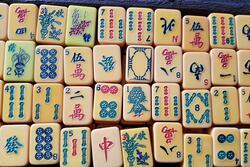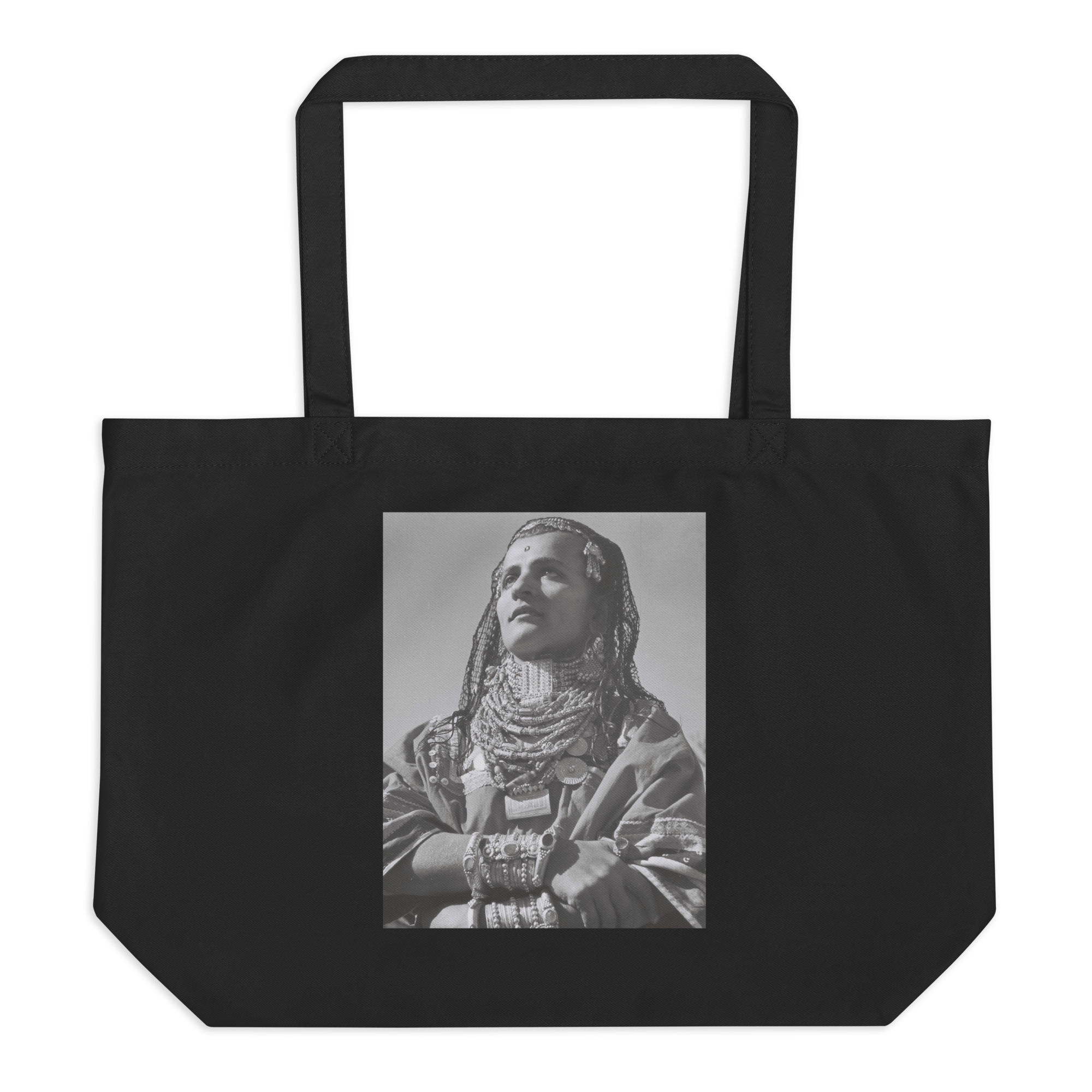Activism
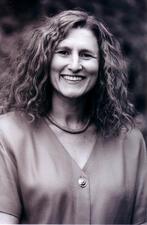
Gloria Greenfield
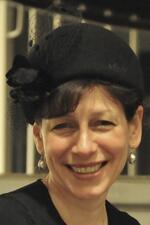
Tina Grimberg
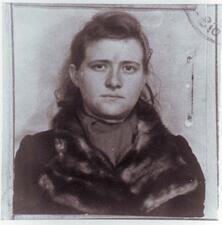
Haika Grosman
Politically active from a young age, Haika Grosman played a key role in the underground resistance to Nazi occupation and the Holocaust and put her safety on the line in the name of the movement.
Mary Belle Grossman
In 1918, Mary Belle Grossman became one of the first two women admitted to membership in the American Bar Association. After the passage of the Nineteenth Amendment in 1920, she became one of Cleveland’s most successful political activists.
Pam Grossman
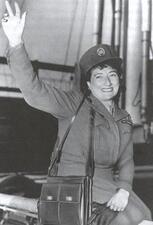
Ruth Gruber

Rose Gruening
Rose Gruening created a number of social assistance organizations to aid immigrant families, offering practical help that included childcare, funding for college educations, and even a summer camp.
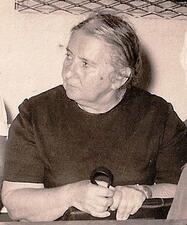
Rivka Guber
Through her work as a soldier, writer, teacher, and volunteer supporting immigrants, Rivka Guber exhibited selflessness for her neighbors and for the young State of Israel as a whole, earning her the title “Mother of the Sons” and the respect of the nation.
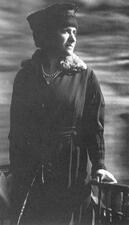
Florence Shloss Guggenheim
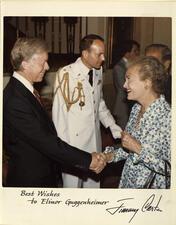
Elinor Guggenheimer
Elinor Guggenheimer first toured New York City day nurseries as a member of the Federation of Jewish Philanthropies during the 1930s. Horrified by what she saw, Guggenheimer began a lifelong crusade for improved and standardized child care facilities across the country, in addition to her work promoting women in public office.
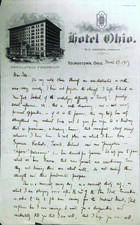
Ida Espen Guggenheimer
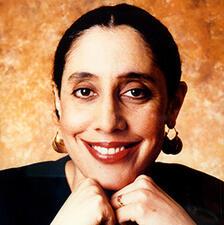
Lani Guinier
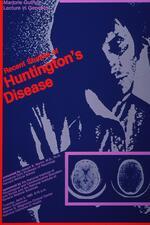
Marjorie Guthrie
First a dancer, then a teacher, Marjorie Guthrie founded the Woody Guthrie Children’s Fund and Archive in 1956 to preserve her husband’s works for future audiences. By the end of her life, she was a national activist for Huntington’s Disease and other genetic and neurological diseases.
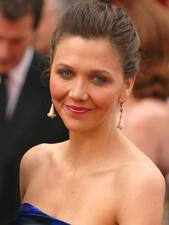
Maggie Gyllenhaal
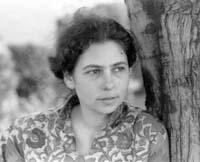
Barbara Jacobs Haber
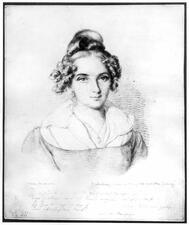
Habsburg Monarchy: Nineteenth to Twentieth Centuries
Jewish women in the Habsburg Monarchy experienced the stresses and strains of nineteenth- and twentieth-century Jewish life as Jews, as women of their particular social classes, and as inhabitants of the different regions of the Monarchy. In some regions, they modernized and acculturated, but the overwhelming majority remained deeply pious, traditional Jews.
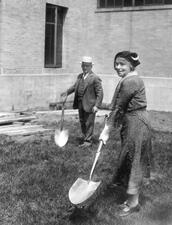
Hadassah in the United States

Hadassah: Yishuv to the Present Day
Hadassah, the Women’s Zionist Organization of America (HWZOA) has a lengthy history of activity in the Yishuv and Israel, going back to 1913, about a year after it was founded in New York, and continuing to this day. This activity, outstanding in its scope, continuity, stability, and diversity, encompasses efforts in the sphere of health and medical services and in the welfare of children and youth.
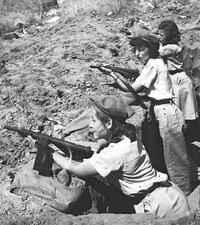
Haganah
Women played many different roles in the operations of the Haganah. Though their stories are frequently excluded from the story of the Jewish paramilitary organization in British Mandate Palestine, women served as caretakers and nurses, as well as fighters and commanders.
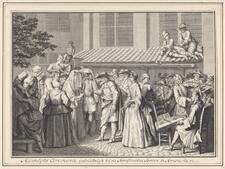
Halakhic Decisions on Family Matters in Medieval Jewish Society
Across the medieval Jewish world, rabbis used takkanot (rabbinic decrees) to address urgent needs in family life among their Jewish communities. These takkanot are key historical sources for understanding the changing roles of women in the medieval Jewish world.
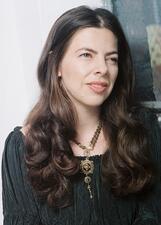
Jill Hammer
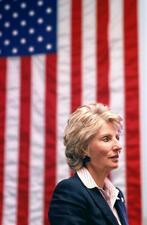
Jane Harman
The child of a refugee from Nazi Germany, Jane Harman began her career in law. After being elected in 1992, she spent 20 years as a vocal advocate of Israel, pro-choice legislation, and women’s issues as a Representative for California’s 36th Congressional District. After leaving Congress for the private sector, Harman held leadership positions in several prominent political organizations.
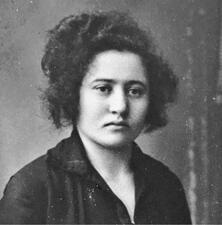
Ray Harmel
Ray Harmel was a powerful force in the trade union movement in Apartheid South Africa, a committed Communist, an anti-Apartheid activist, and ultimately a member of the African National Congress.
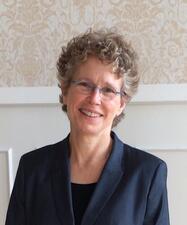
Susan Harris
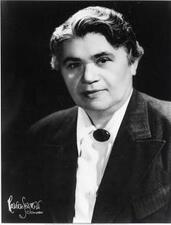
Pearl Hart
Pearl M. Hart was a pioneering attorney, activist, and educator. She devoted her life to defending the legal rights of the vulnerable and oppressed, especially women, children, immigrants, and gay men and lesbians. Her work in Chicago was instrumental in the development of the LGBTQ community there in the middle of the twentieth century.
